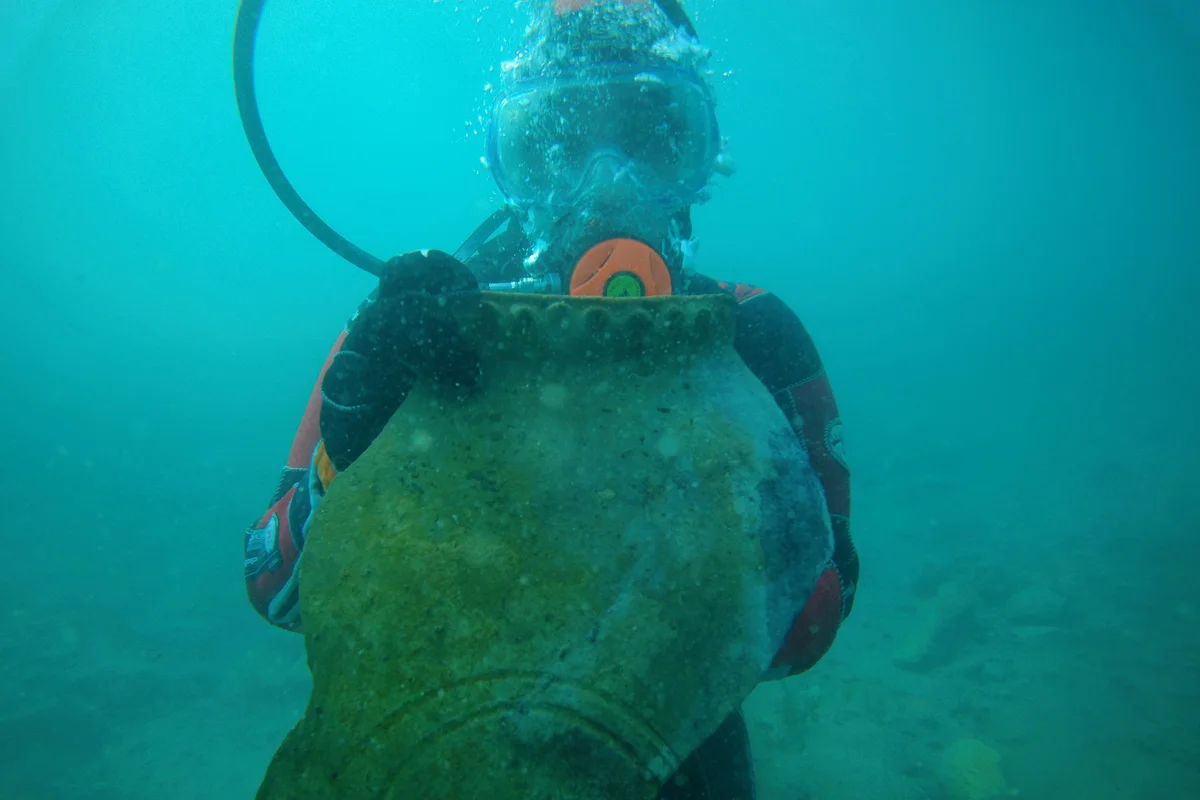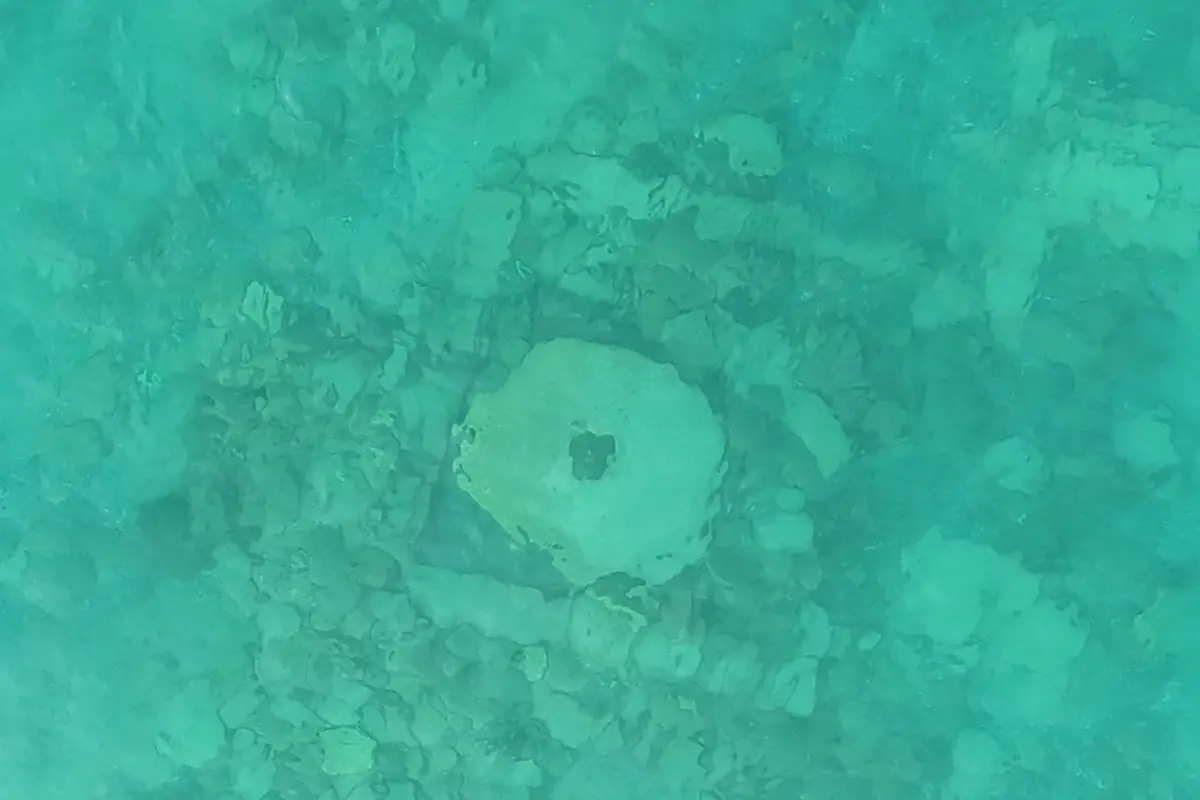Archaeologists from the Russian Academy of Sciences have discovered traces of a submerged city beneath the surface of Lake Issyk-Kul in eastern Kyrgyzstan.
Located in the western Tianshan Mountains, Lake Issyk-Kul is an endorheic saline lake and the 8th deepest lake in the world. During the Middle Ages, the lake served as a stopover on the Silk Road, a land route for travellers and traders from the Far East to Europe.
Recent excavations at the Toru-Aygyr complex in the lake’s northwestern part has led to the discovery of a medieval necropolis, fired-brick structures, and numerous ceramic vessels.
Researchers surveyed four underwater zones at depths of 1 to 4 metres. In the first area, they uncovered numerous fired-brick structures, including one containing a millstone – evidence of a medieval mill once used to grind grain into flour.
The team also documented collapsed underwater stone structures and wooden beams, in addition to traces of a public building that possibly served as a mosque, bathhouse, or madrassa.

“The site we are studying was a city or a major trading hub on a key section of the Silk Road,” explained Valery Kolchenko, researcher at the National Academy of Sciences of the Kyrgyz Republic and host of the expedition.
According to the researchers, the region was devastated by a major earthquake during the 15th century, causing the settlement to sink beneath the water and ultimately leading to its abandonment.
In the second zone, researchers identified a 13th to 14th century Muslim necropolis. The third zone revealed evidence of the settlement’s later expansion, including additional buildings and an earlier burial ground that was eventually overbuilt by new structures. In the fourth zone, round and rectangular structures made of mudbrick were uncovered, along with layers of buried soil.
The excavation, conducted jointly by the Institute of Archaeology of the Russian Academy of Sciences with the National Academy of Sciences of Kyrgyzstan, will form the basis for future research and scientific publications aimed at preserving Issyk-Kul’s underwater heritage.
Header Image Credit : Russian Academy of Sciences
Sources : Institute of Archaeology of the Russian Academy of Sciences







